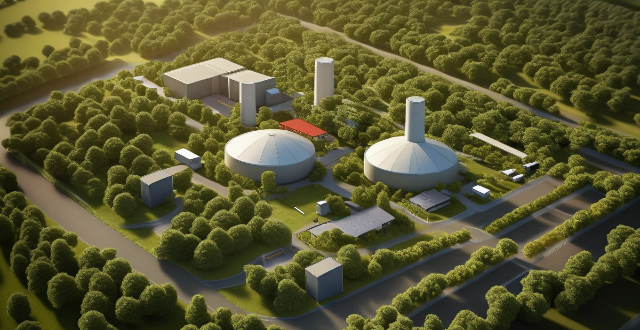**Summary:** Building energy efficiency standards positively impact the environment by reducing greenhouse gas emissions, conserving natural resources, enhancing air quality, and promoting energy innovation. These standards lead to more energy-efficient buildings, reduced dependence on fossil fuels, cleaner air, and advancements in sustainable technologies.

How do Building Energy Efficiency Standards Impact the Environment?
Building energy efficiency standards play a crucial role in mitigating the environmental impact of buildings. These standards aim to reduce the amount of energy consumed by buildings, which in turn helps to lower greenhouse gas emissions and conserve natural resources. In this response, we will explore the various ways in which building energy efficiency standards positively impact the environment.
Reducing Greenhouse Gas Emissions
One of the most significant benefits of building energy efficiency standards is their ability to reduce greenhouse gas emissions. By implementing these standards, buildings become more energy-efficient, requiring less heating and cooling, which leads to a reduction in the use of fossil fuels. This, in turn, results in fewer greenhouse gas emissions being released into the atmosphere, helping to combat climate change.
Key Points:
- Energy Efficiency: Buildings consume less energy for heating and cooling.
- Fossil Fuel Use: Reduced reliance on fossil fuels for energy production.
- Greenhouse Gas Emissions: Lower emissions of CO2 and other greenhouse gases.
Conserving Natural Resources
Another important aspect of building energy efficiency standards is their contribution to the conservation of natural resources. By reducing the demand for energy, these standards help to preserve finite resources such as coal, oil, and natural gas. Additionally, they encourage the adoption of renewable energy sources like solar and wind power, further reducing the dependence on non-renewable resources.
Key Points:
- Resource Preservation: Less consumption of finite energy resources.
- Renewable Energy: Promotion of renewable energy sources like solar and wind.
- Sustainability: Support for sustainable practices that protect natural resources.
Enhancing Air Quality
Building energy efficiency standards also have a positive impact on air quality. By reducing the need for energy production from fossil fuels, these standards help to decrease the emission of pollutants such as sulfur dioxide, nitrogen oxides, and particulate matter. This improvement in air quality can lead to better public health outcomes and a cleaner environment.
Key Points:
- Pollutant Reduction: Fewer emissions of harmful pollutants like SO2 and NOx.
- Health Benefits: Improved air quality leading to better respiratory health.
- Cleaner Environment: A reduction in pollution contributes to a cleaner living environment.
Promoting Energy Innovation
Finally, building energy efficiency standards serve as a catalyst for innovation in the field of energy. As builders and developers strive to meet these standards, they are encouraged to adopt new technologies and techniques that improve energy efficiency. This drives research and development in areas such as insulation materials, smart building systems, and green building design, ultimately contributing to a more sustainable future.
Key Points:
- Technological Advancements: Adoption of new technologies for improved energy efficiency.
- Research and Development: Investment in research to develop innovative solutions.
- Sustainable Future: Contribution to a more sustainable and eco-friendly future.
In conclusion, building energy efficiency standards play a vital role in protecting the environment by reducing greenhouse gas emissions, conserving natural resources, enhancing air quality, and promoting energy innovation. By implementing and adhering to these standards, we can work towards creating a more sustainable future for generations to come.